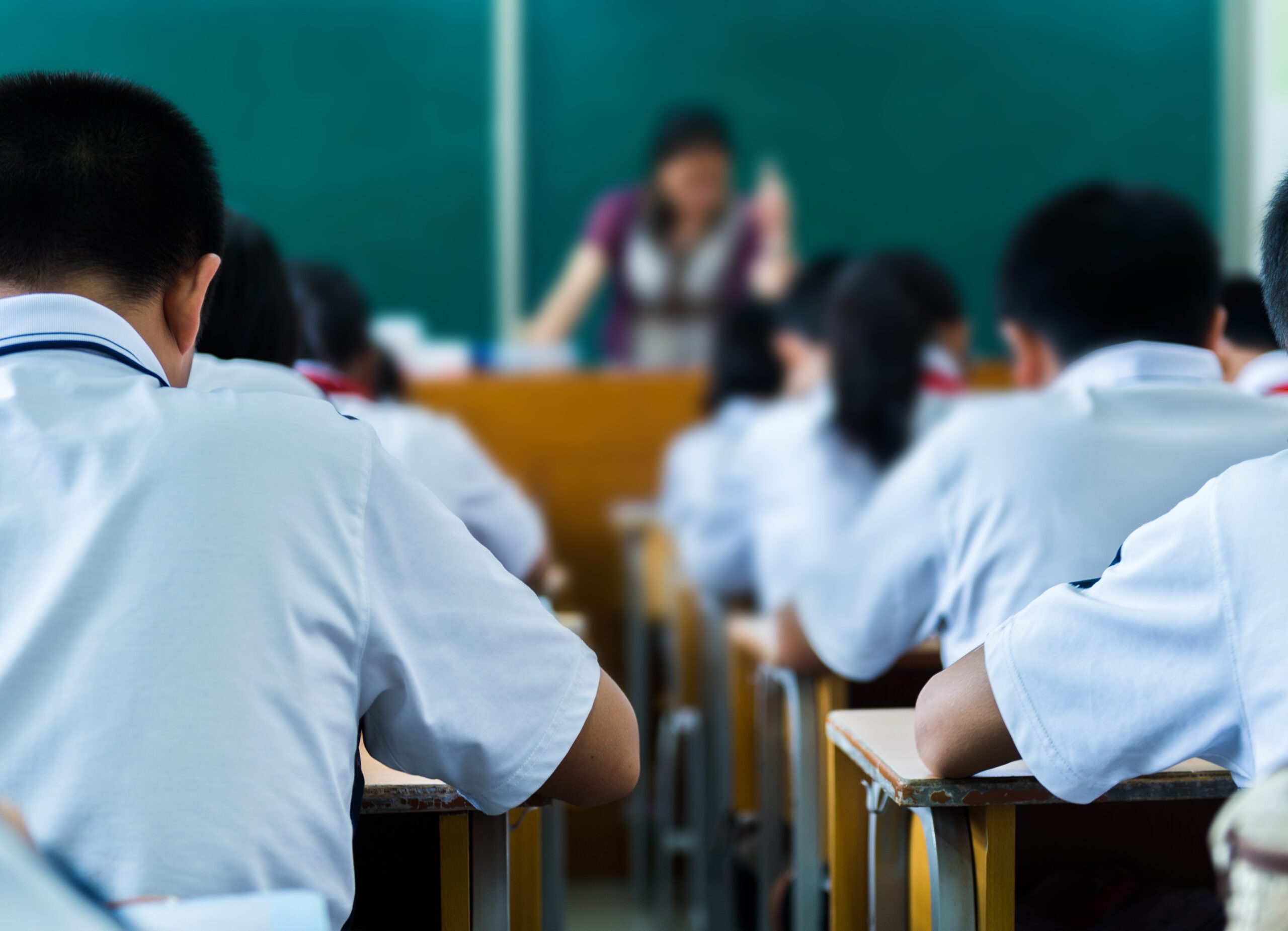Back-To-School But Are We School-ready?
After more than two years of lockdowns, school closures, and distance learning, millions of Filipino students are set to return to classrooms this coming school year after Vice President and Education Secretary, Sara Duterte, announced the full implementation of face-to-face classes come November.
As the country with the most crowded classrooms in Asia, the decision to resume in-person classes puts the spotlight on the Philippines’ classroom shortage and how the lack of proper infrastructure will affect the quality of education, a problem that the Philippines has faced even before the pandemic.
The State of The Philippine Classroom
The Philippines’ average elementary school class size of 43.9 is far bigger compared to those of its Asian neighbors, with Malaysia’s 31.7, Japan’s 28.6, Thailand’s 22.9, and India’s 40.
Aside from classroom facilities, the Philippines also faces a shortage in textbooks. In 2019, the Department of Education estimated a 10:1 student-textbook ratio in public elementary schools.
That same year, DepEd also reported a nationwide classroom shortage of 40,000. This figure inflates the following year exponentially when the department accounted for 110,954 classroom shortages and 85,524 replacements of classrooms scheduled for condemnation and demolition – more than half of the 242,603 required classrooms for the year 2020.
DepEd estimates that at least P1.08 trillion is needed to address the nationwide classroom shortage until 2023.
Making Classrooms Count
Many studies and literature have established the correlation between adequate facilities and effective learning.
In fact, the United Nations Sustainable Development Agenda 2030 included education facilities and learning environments as essential in implementing Goal #4: Quality Education.
More classrooms equal more learning. Addressing the issues of classroom shortage and oversized class sizes offers students the opportunity for a more focused learning experience and help them get proper assistance and teacher-student interactions when needed.
Sufficient classrooms also afford a more humane working environment for teachers and a manageable workload with more time to prepare for lessons and class modules – all contributing to better academic outcomes.
The Future of School
The COVID-19 pandemic sheds light on the gaps in the Philippine Education System. While there are many factors that affect the quality of education that our students get, being able to provide them with proper and sufficient learning facilities remains to be the most basic yet most essential factor of them all.
As the DepEd and school officials finalize the guidelines for the resumption of classes this November, we continue to hope that new measurements are placed to ensure that our students return to a healthy, safe, and more effective learning environment.
References:
De Jesus, R. (2019, July 26). Philippine Education Problems. SunStar Baguio
https://www.pressreader.com/philippines/sunstar-baguio/20190726/281590947163361
Galvez, D. (2022, July 26). DepEd: Full face-to-face classes guidelines out after August 15. Philippine Daily Inquirer
https://newsinfo.inquirer.net/1634798/deped-full-face-to-face-classes-guidelines-out-after-august-15#ixzz7aZuunq2H
Hernando-Malipot, M. (2021, March 5). DepEd: P1t Needed To Address Classroom Shortage In The Next 3 Years. Manila Bulletin
https://mb.com.ph/2021/03/05/deped-p1t-needed-to-address-classroom-shortage-in-the-next-3-years/
Sison, M. (2020, July 18). Did you know classrooms in the Philippines are the most crowded in Asia? IOrbit News
https://iorbitnews.com/did-you-know-classrooms-in-the-philippines-are-the-most-crowded-in-asia/


